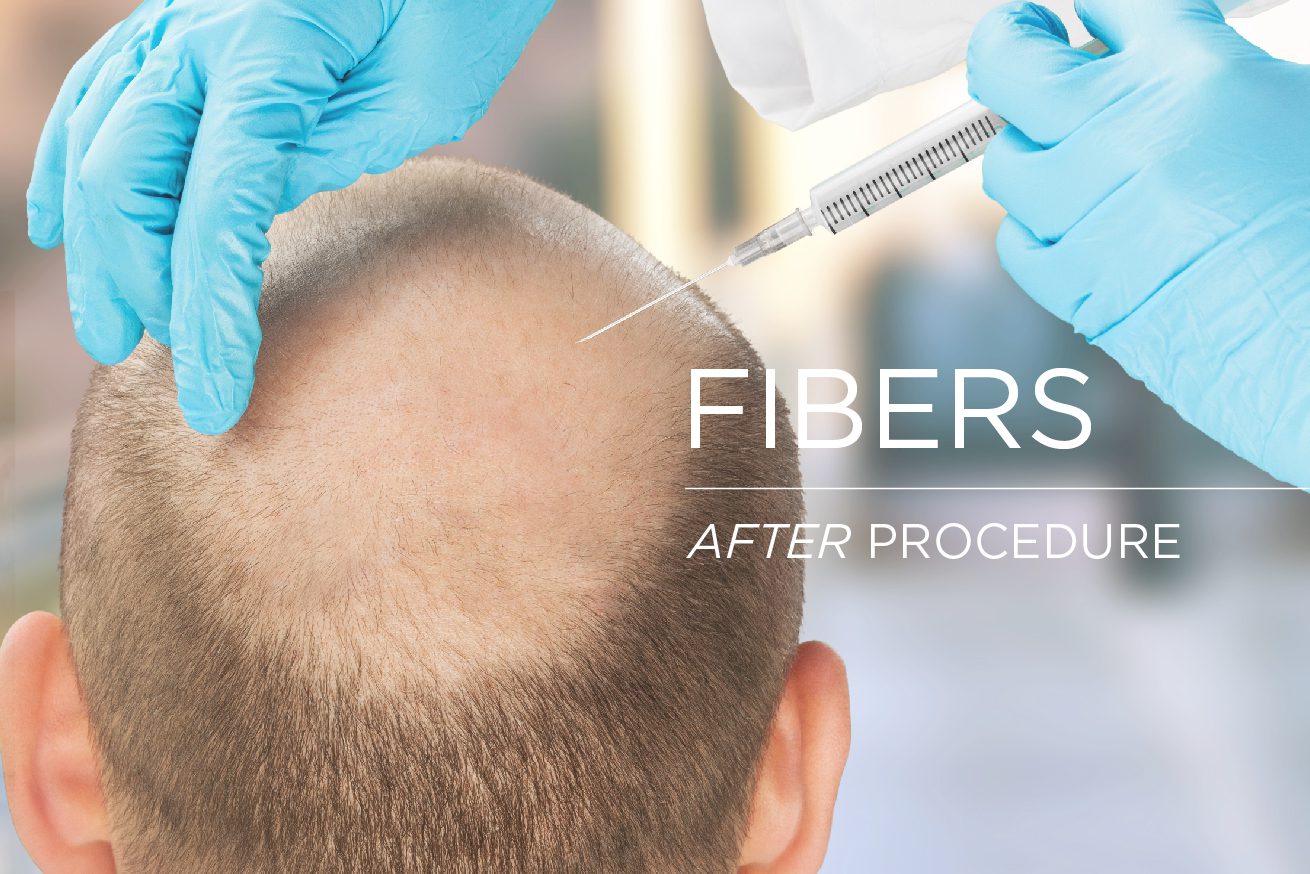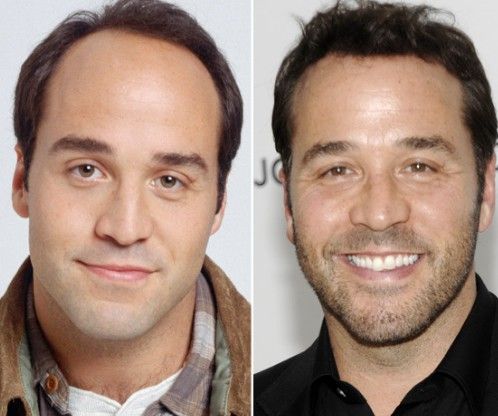Nowadays, hair transplant surgery is a very common and effective alternative against hair loss. Probably it’s the only “permanent” solution. But, it is very important to know that it is not a final one.
Back in the day, not many doctors performed it. Old school technology used to leave linear scars on the back of the head, very pronounced implanted follicles, or an extremely perfect hairline that did not look natural.
Over the past 10 years, things have improved drastically. Especially after the invention of Robotic Hair Transplant machines. Yes! A robot that transplants hair, amazing right? But even with this crazy technological advance, the procedure has limitations. And that’s why it cannot really be called a “permanent solution” without being questionable.
Hair Transplants do not stop Hair Loss
The procedure implants follicles in the affected area but will not stop the other follicles around or close to the implanted ones from falling. You will have fuller hair on that particular area. But, in time, the non-implanted follicles still affected from the condition will begin to fall. That’s why most patients undergo 1-3 procedures during their lifetime.
Large bald areas cannot be fully covered
If the area to implant is very wide, it will become fuller but only partially. Why? Because it would require too much extraction and you’ll have to be “bald” on the extracted area. You would be moving your follicles from one place to another. And if you need to extract too much then that space would be affected.
Follicles where extracted from a Hair Loss affected area
If the extracted follicles where taken from outside the genetically resistant area (occipital zone), hair will continue to thin and eventually fall. That’s another reason to choose a qualified specialist, even if that means a couple of thousands more.
You will not get you immediate results with a hair transplant. The process can affect your appearance and self-esteem. Hair Fibers are a great complement after a transplant. They can be used as soon as 5 days after the surgery to conceal implanted follicles and add fullness and volume instantly.








